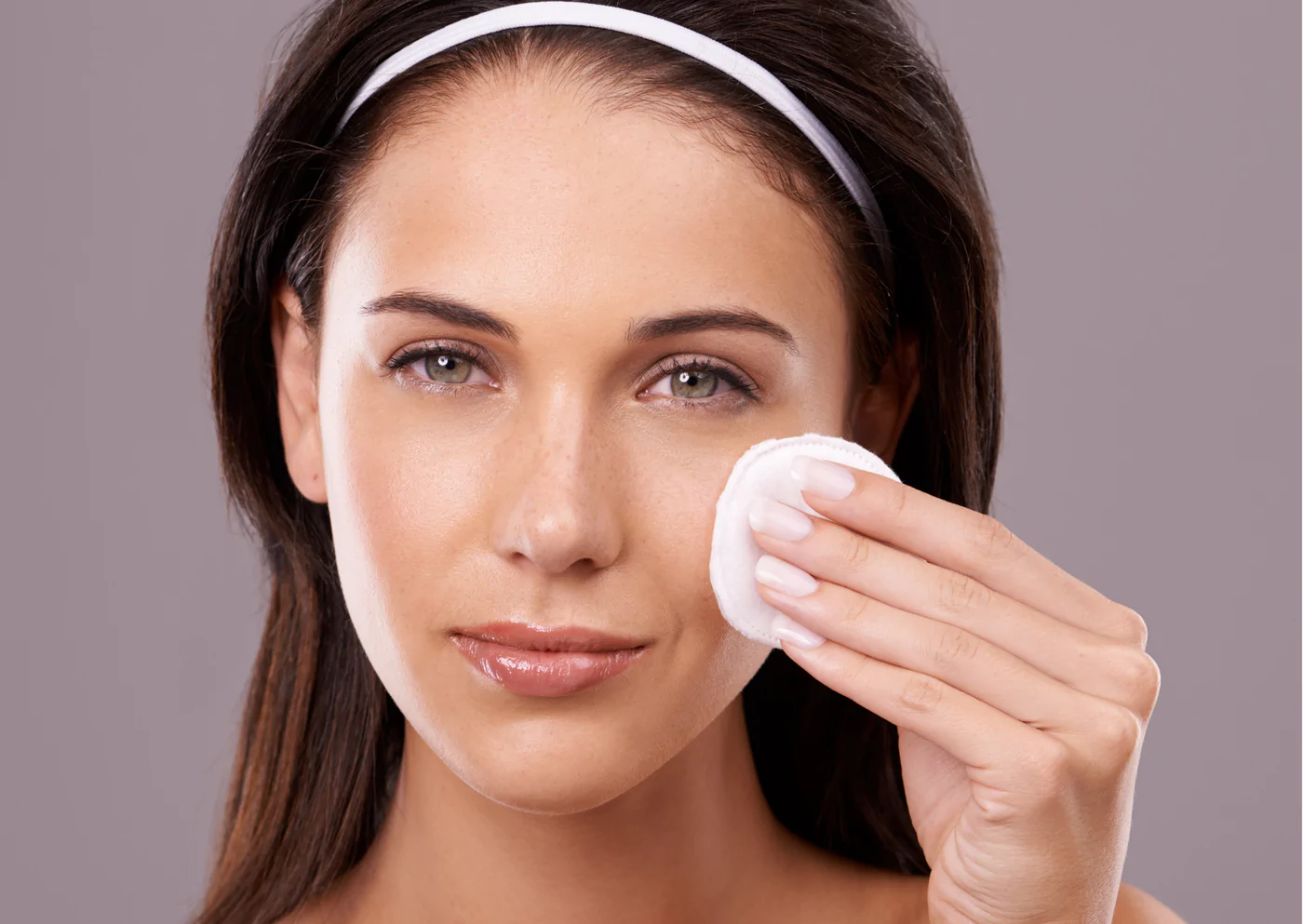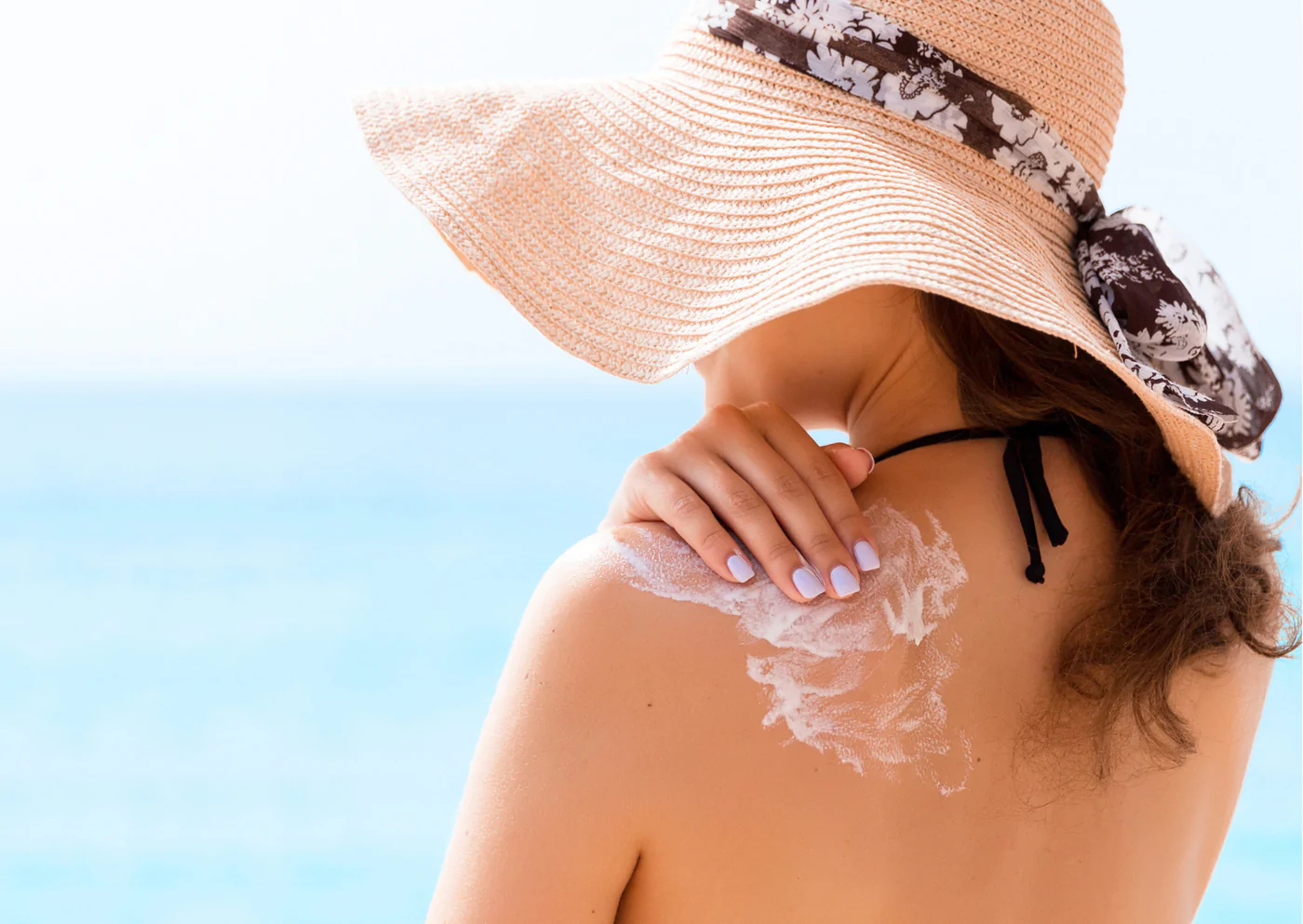Sunscreen is known to effectively prevent sunburn and reduce the risk of skin cancer in the long run. But, are sunscreens effective in preventing skin ageing? Before we discuss this, we need to acquire an understanding of the aspects of solar energy that can potentially harm our skin.
To begin with, solar radiation that reaches the earth is divided into 3 elements measured by nanometres (nm).
Infra-red (IR) measures from 760nm to 3000nm and has the longest wavelength and weakest energy. This form of radiation is also is the second-highest component of solar energy (45%) and is often perceived as heat.
Visible Light (VL) measures from 400nm to 760nm and sports an intermediate wavelength and energy. It composes a whopping 49% of solar energy and is often perceived as colours.
Finally, Ultraviolet (UV) measures 200nm to 400nm and possesses the shortest wavelength and highest energy. This type of radiation makes up the smallest amount of solar energy (6%) and, although invisible to the naked eye, can penetrate deep into the skin and cause severe damage.

Ultraviolet light can be further split into three categories, UVA, UVB, UVC.
UVC is toxic to many microorganisms and carcinogenic to humans, but thankfully, it’s filtered out by the ozone layer!
Although about 1% of UVB is similarly filtered out, the effect of the UVB that remains in the atmosphere can cause sunburn and skin cancer. The most visible short term effect is burning or erythema. However, it is essential to note that burning refers to the Western skin’s response. In contrast, Asian skin has natural protection and will tan before it burns.
UVA is more abundant but less energetic than UVB. Previously, this ray was thought to be harmless, but recent studies have shown that UVA leads to skin ageing. This type of ultraviolet light penetrates deeply into the dermis, alters collagen, and breaks down elastin bonds—the primary cause of premature ageing or long-term structural damage. The UVA rays can be considered as tanning rays, and the effects of exposure to these can last up to 72 hours.
Just 40 to 50 years ago, it was commonly accepted that sunlight was essential, and the only effect of excessive exposure was sunburn from UVB radiation. The western public believed that the healthy golden tan from UVA radiation was important. Still, in the east, many avoided the darkening effects of sun rays.
However, most individuals today are aware that UVB causes our skin to burn and that UVA causes photo-ageing. Hence, every sunscreen must be able to adequately protect the skin from these two forms of ultraviolet rays. In short, your sunscreen must generally offer a broad spectrum of protection against UVA and UVB light.

Here’s the question: is sunscreen alone sufficient in inhibiting photo-induced skin damage?
Not necessarily.
Sunscreens must also contain powerful ingredients such as antioxidants, vitamins, plant actives, essential fatty acids, and peptides to adequately protect the skin from photodamage.
Here is an image of a 69 years old truck driver taken from the New England Journal of Medicine, showing severe sun-damaged skin on the side which is exposed to the sun.

Here are 4 important skincare ingredients that will boost the effectiveness of sunscreens:
1) Powerful antioxidants that counter the oxidative stress caused by sun exposure. These antioxidants help reduce free-radicals on the skin. Examples of antioxidant are Vitamin E, Vitamin C, beta carotene, rosemary extracts, peptides, etc;
2) Anti-ageing ingredients found in plant extracts that are rich in phytonutrients such as polyphenols, carotenoids, flavonoids, lignans, phytosterols etc;
3) Ingredients that protect the skin barrier by providing sufficient hydration. This includes humectants, emollients, ceramides, phospholipids, essential fatty acids, sphingolipids, hyaluronate acid, etc;
4) Ingredients that prevent the formation of pigmentation, such as Vitamin C, liquorice extracts, and brightening peptides, etc;

Our earth will always be exposed to solar radiation. The benefits of solar energy in the sustenance of life is indisputable; however, excessive exposure to these rays have been proven to harm skin health. Even though broad-spectrum sunscreens with additional anti-oxidant, vitamins, and phytonutrients can protect human skin from sunburn, skincare, and photo-ageing, one should always remain cautious and refrain from over-exposing their skin to these harmful rays. Finally, remember to be sun-smart by using additional sun-protective measures such as including hats, glasses, and clothing for added protection.
P/S Do you know that there are many controversies surrounding sunscreen safety? Do stay tuned and lookout for the next blog post on this topic.
Sources
Bain, Julie. “Sunscreen Safety.” The Skin Cancer Foundation, The Skin Cancer Foundation, 6 June 2018, www.skincancer.org/blog/sunscreen-safety/.
Moghraby, J. “Sunlight and Your Skin.” MondoScience, MondoScience, 23 Apr. 2017, www.mondoscience.com/blog/2017/4/22/sunlight-and-your-skin.
Gordon, Jennifer R.S. “Unilateral Dermatoheliosis: NEJM.” New England Journal of Medicine, www.nejm.org/doi/full/10.1056/NEJMicm1104059.














